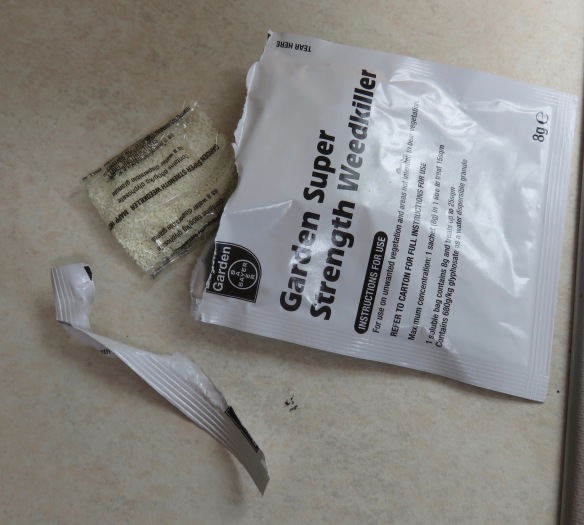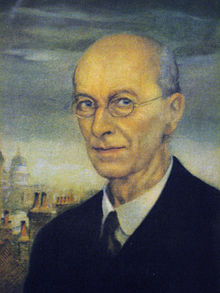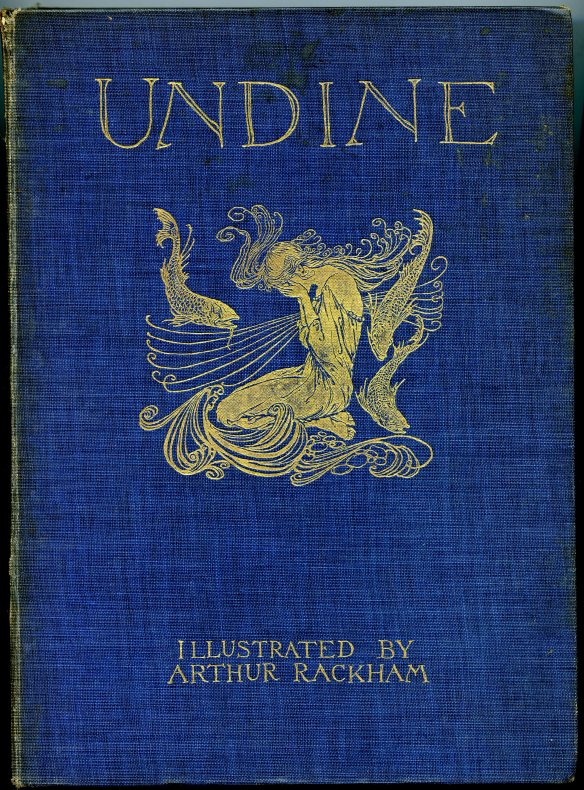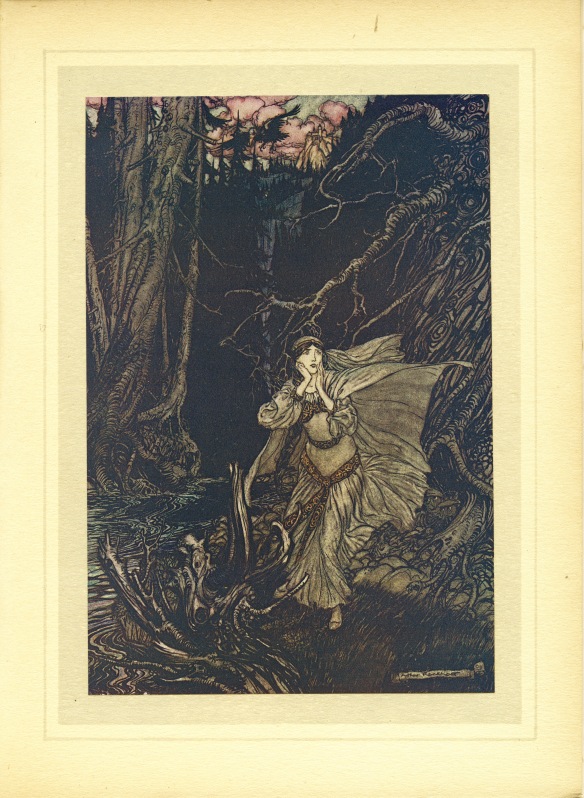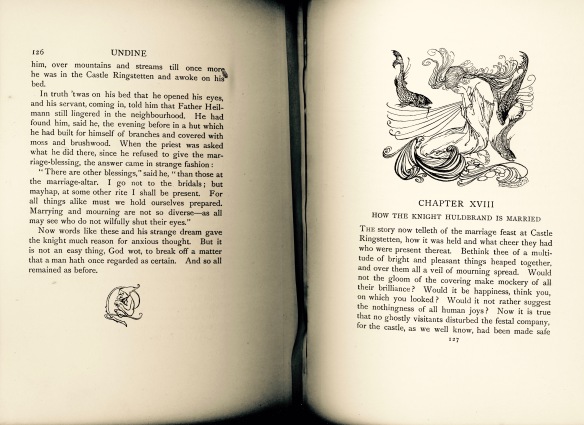TO ENLARGE IMAGES NOT IN A GROUP, CLICK ON THEM. CLICKING ON ANY IMAGE IN A GROUP WILL ACCESS ITS GALLERY, ANY MEMBER OF WHICH CAN BE VIEWED FULL SIZE BY SCROLLING DOWN AND CHECKING BOX AT BOTTOM RIGHT
First published in 1961, for most of my adult life Joseph Heller’s ‘Catch – 22’, has been acclaimed as one of the great novels of the twentieth century. Until now, I had never read it, yet my 1974 second-hand Corgi paperback copy mysteriously appeared in my library more than 40 years ago.
There are several reasons why I was deterred from opening this book. Firstly there are 478 very browned pages of small print. Secondly, the binding is Perfect. This is a low cost method of glueing individual unstitched pages to an adhesive coated spine. After a while the pages loosen and tend to fall on the floor.
This is particularly awkward if you are reading in bed. Okay, okay, I know it is not meant to last for 44 years.
My particular volume has stained pages. I fondly hoped this was caused by water, tea, or coffee. On the other hand, the previous owner could have had an incontinent cat.
I tend to question blurbs that claim a book is ‘brilliantly funny’, nevertheless the review extracts printed on the back cover are, in my view, surprisingly accurate.
It was on-line discussions with WordPress friend Uma that encouraged me to pick it up.
At times, sensitively poetic, Heller’s breathtaking prose often rampages at breakneck speed through the pages. Some of his descriptions of action seem brutally accurate. The sexuality is both erotic and indelicate; the detailed violence at times exhausting.
I understand Heller was a bombardier during World War II, but I am sure that the absurdity of events and characterisation here is aimed at all wars. As is my wont, I will attempt not to give away the story, but to speak of my impressions.
The film and TV series MASH never appealed to me and I only saw extracts by mistake. Unfortunately this, by association, put me off Heller’s book. Having read this I have investigated views on the web about any links or similarities. It seems I was in error to consider them in the same light.
The absurdity of war and its management is clearly what this book is about. The author’s brilliance is that he manages to convey stupid brutality, and self-serving incompetence in a hugely entertaining way. Paradoxical, repetitive, and logically irrational, it even has a character called Minderbender.
We are shown devious corruption and precarious self-aggrandisement. We see that this scale of management of events is impossible.
War, we know, is destructive. The real impact of this is brought home in the later stages of the book. Not only is it destructive of life, but of morals, of ethics, of faith, of trust, of relationships.
Yet, we want to know what happens to the major protagonist, and, finally, we are given a glimpse of hope.
I enjoyed it.
During their recent stay, Florence and Dillon discovered Arthur Rackham. This was in a shop selling framed prints that had been removed from now antique books. I was pleased to be able to give our granddaughter two of my unvandalised first editions.
The first was Undine, featured in my post of 17th May 2016; the second of Richard Wagner’s ‘The Rhinegold & The Valkyrie, translated by Margaret Armour, published in 1910 by William Heinemann in London, and Doubleday, Page & Co in New York
I published the Undine post before I began to place pages for the purpose directly onto my scanner. At that time I was photographing them, which is not such a faithful operation. There are 34 tipped in colour plates, protected by still pristine tissue sheets; and each scene in the drama is topped and tailed by exquisite vignettes. In order not to strain the spine of this book which is still in very good condition, I have simply selected
the front cover board, the title page, and six sample plates.
On the window sill of one of our spare bedrooms stands a breakfast set consisting of a plate, a bowl, and a mug, painted by Flo for me when she was very small. The crossword, the fire, and the books indicate her associations with me. I do hope our granddaughter, a fully paid up punctuation police person, will permit the preservation of the superfluous apostrophe on the mug.
Given that Flo and Dillon were on their way back to South Carolina, her books have been left with us for safe keeping. I was therefore able to read The Rhinegold & The Valkyrie again today.
For our dinner this evening, Jackie produced pork chops with mustard and almonds; roast potatoes; red cabbage with peppers and onions in red wine; crunchy carrots, and broccoli. She drank Hoegaarden and I drank more of the Chateauneuf.




